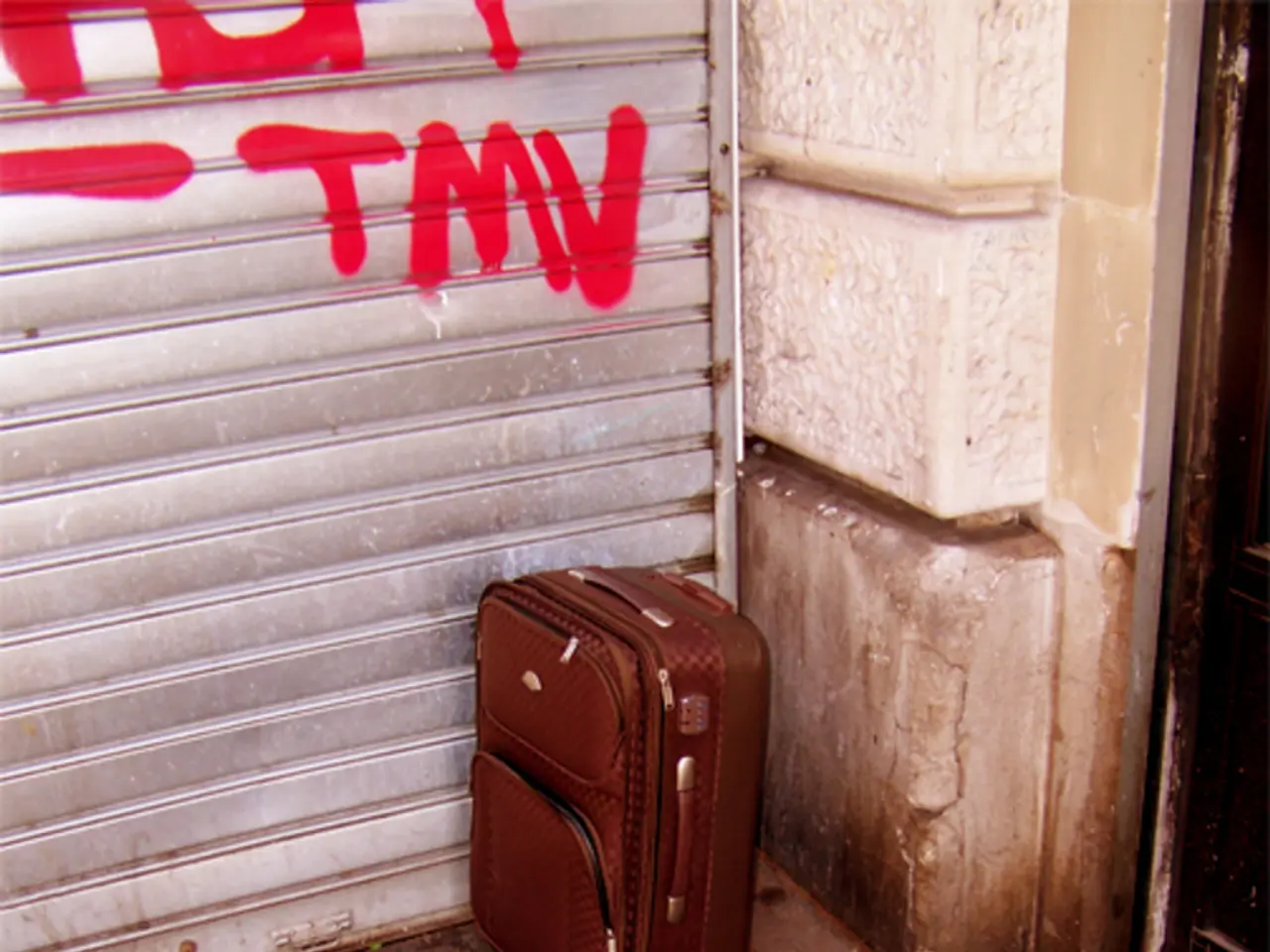Can up-and-coming direct-to-consumer luggage companies challenge the established giants in the market?
In the dynamic world of consumer goods, a new wave of home-grown luggage brands is making a significant impact in India. These brands, including Mokobara, Nasher Miles, EUME, and Uppercase, are challenging the dominance of established players by focusing on design innovation, aesthetics, and a direct-to-consumer (D2C) approach that caters to changing consumer preferences.
One of the key strategic elements these new-age brands employ is a focus on design and innovation. Unlike legacy brands that were utility-centric, these brands place aesthetics and innovative product features at the center of their offerings, making luggage a style statement for consumers. This strategy has proven successful for brands like Mokobara, which more than doubled its revenue to Rs 117 crore by leveraging such design-focused strategies.
Another strategic advantage for these home-grown brands is their strong D2C and omnichannel presence. Brands like Uppercase operate exclusive brand outlets alongside own manufacturing, allowing better control over customer experience and faster innovation cycles. Nasher Miles, for instance, has expanded into over 1,400 multi-brand outlets, exclusive stores, and modern trade channels to diversify access points.
The new entrants also cater to shifting consumer aspirations post-COVID, capturing growth from segments seeking not just functionality but also lifestyle appeal in their luggage. They target premium and lifestyle segments, a strategy that has allowed brands like Nasher Miles to specifically double down on categories like backpacks, which are witnessing strong demand, particularly among young travelers and students.
Competitive pricing and market disruption are also part of these brands' strategies. The entry of these new entrants has intensified competition, causing price wars that challenge revenues of established players. However, their differentiated product offerings and brand positioning allow them to compete beyond just price.
The rise of these home-grown brands aligns with broader industry trends in India, where the luggage market is expanding (~$16 billion in 2025) with about 7-8% annual growth and evolving consumer preferences towards style and innovation, creating room for disruption despite entrenched multi-national and legacy brands. At the same time, established players like VIP Industries and Samsonite are experiencing market share pressure and revenue declines, reflecting the effectiveness of the new brands’ strategies.
Abhishek Daga, founder and director at Nasher Miles, states that over 60% of their products are made in India, with a goal of reaching 80% by FY26. This local manufacturing focus not only supports the Indian economy but also allows these brands to offer competitive pricing and faster product innovation.
In summary, these home-grown luggage brands succeed by innovating in design, employing direct and multi-channel distribution, focusing on lifestyle and premium segments, and aggressively targeting growth categories such as backpacks. This strategy has enabled them to attract a younger, design-conscious consumer base and disrupt the traditional market dominated by legacy players.
- In the realm of finance and business, these home-grown luggage brands are making a significant impact, similar to how Defi has disrupted traditional finance.
- Just as stocks provide a medium for investment, these brands have leveraged their design-focused strategies to more than double their revenue, indicating a promising market potential.
- As these home-grown brands focus on local manufacturing (like Abhishek Daga, founder of Nasher Miles), they are contributing to the Indian economy much like how domestic stocks support the national market.




